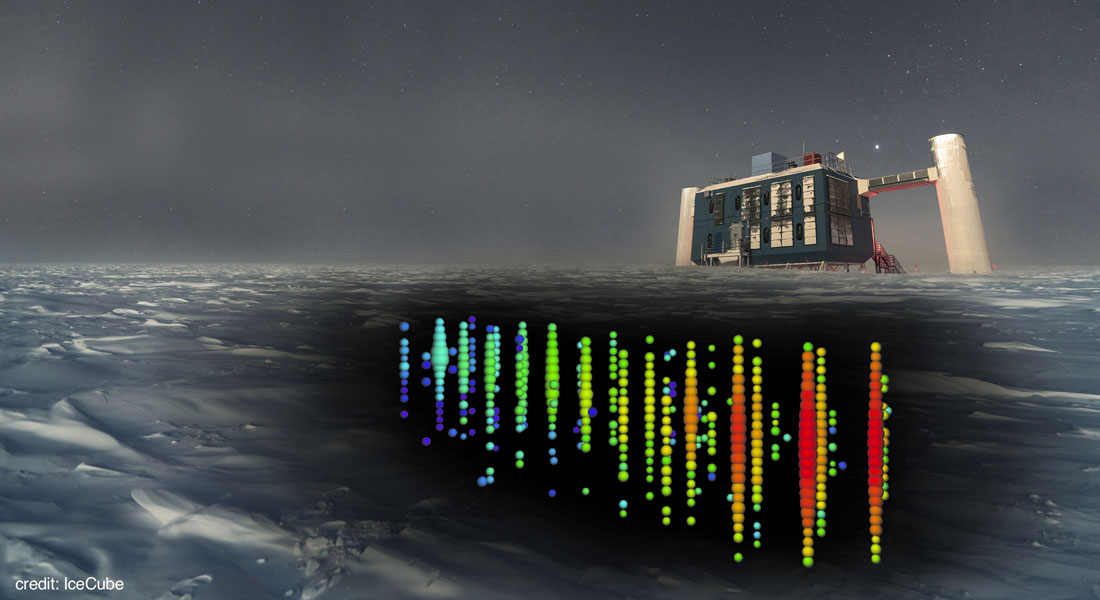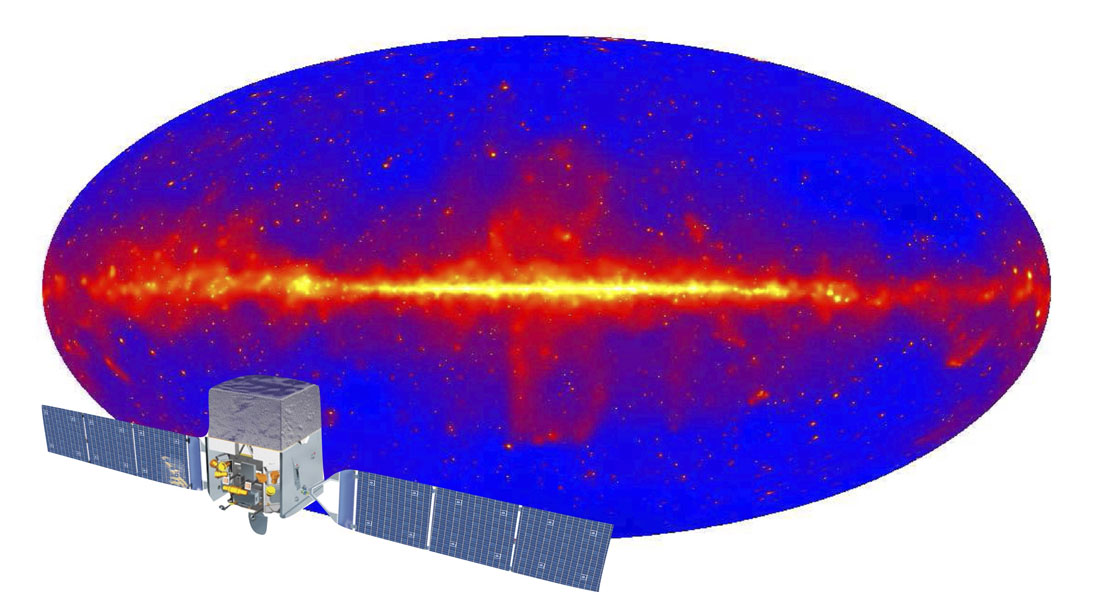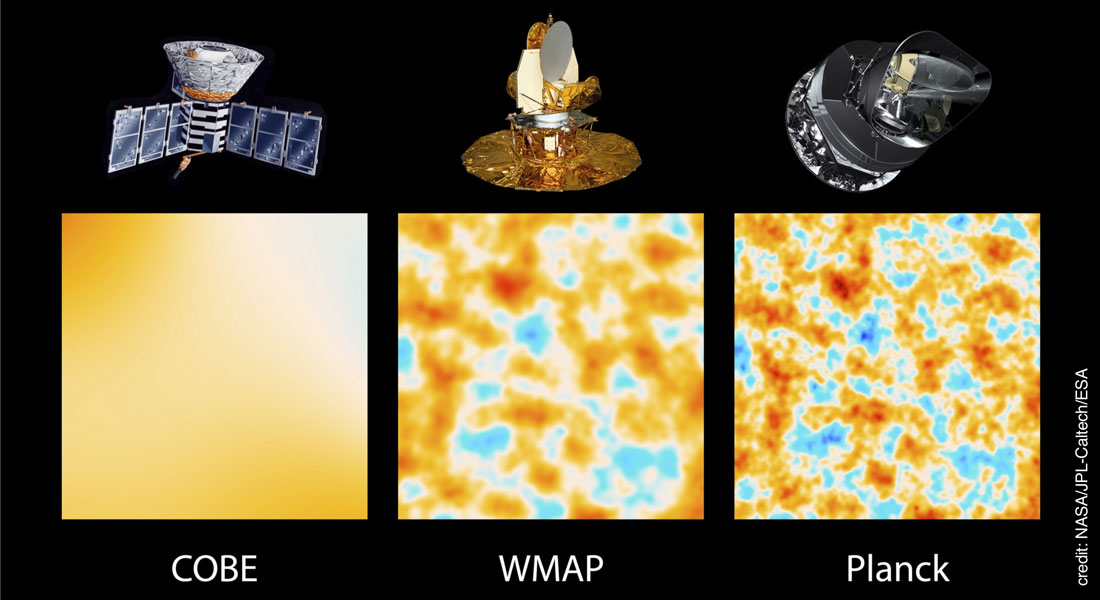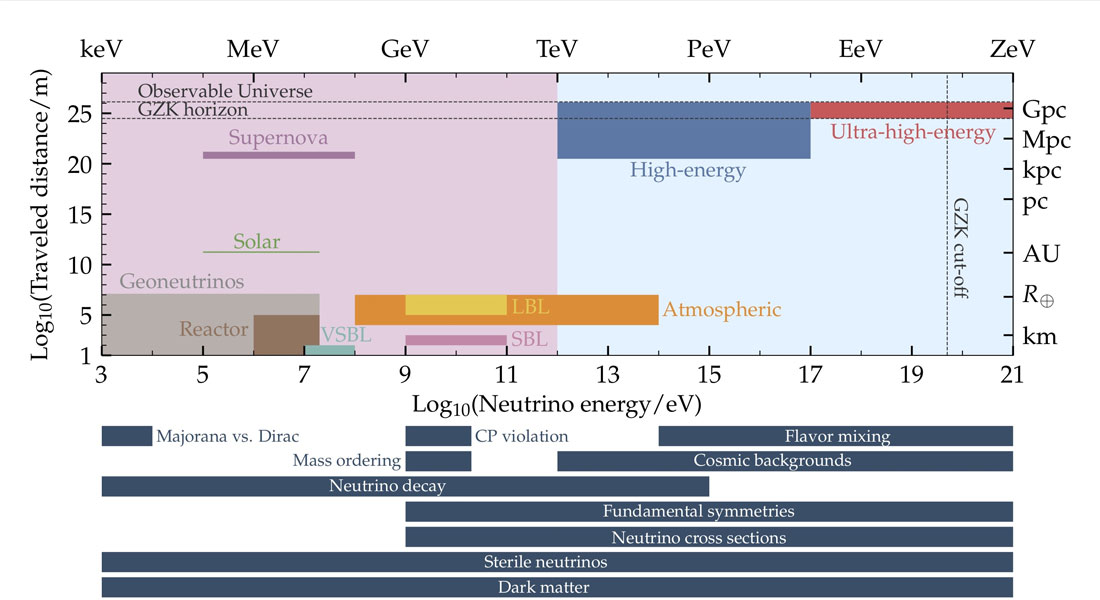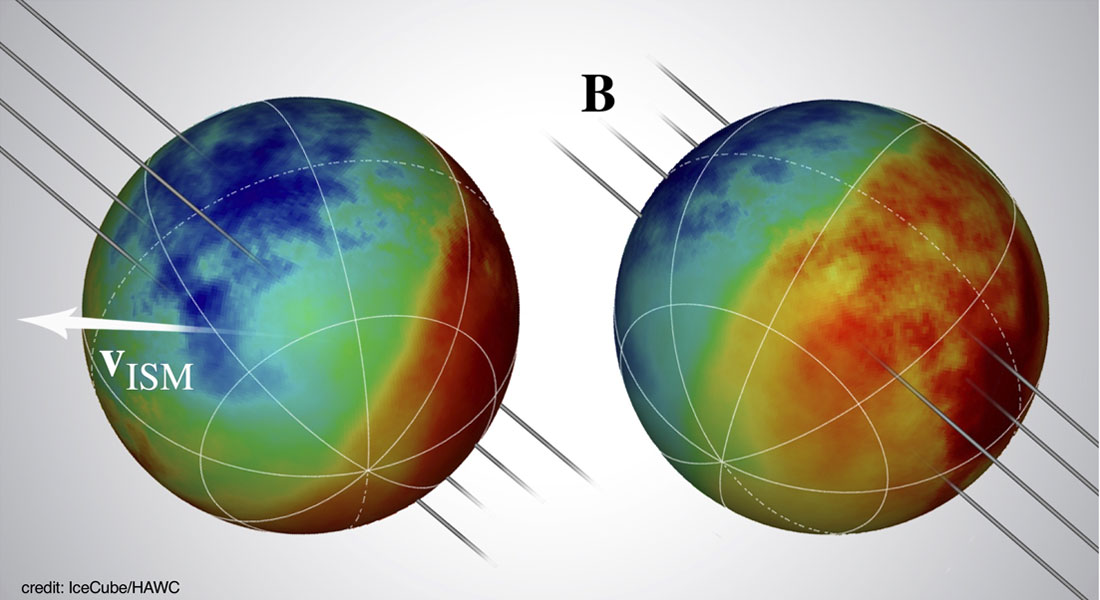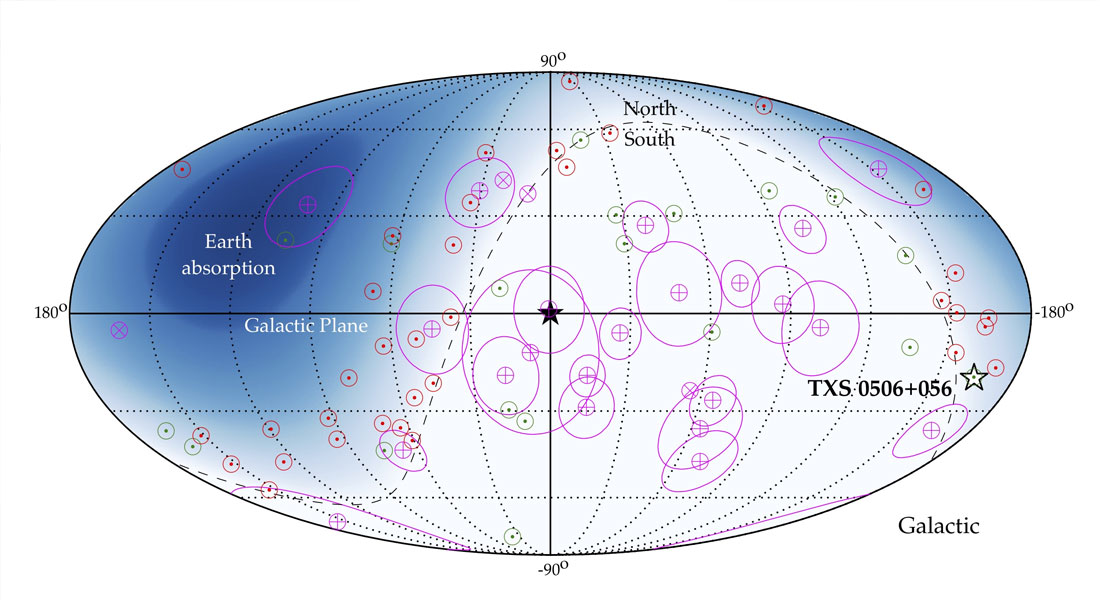Astroparticle Physics
Equally puzzling are non-thermal phenomena in our Universe that can be inferred from multi-messenger observations of cosmic rays, gamma rays, neutrinos and gravitational waves.
The complex interconnected issues of astroparticle physics require new theoretical ideas as well as a concerted experimental programme.
Research in astroparticle physics at the Niels Bohr Institute involves strong collaborations of observers, phenomenologists and theorists based in the Niels Bohr International Academy and the Discovery Center.
Dark matter
All structures in the universe bound by gravity, from galaxies to clusters and superclusters, appear to be dominated by unseen matter.
A variety of astronomical studies – galactic dynamics, gravitational lensing, formation of large-scale structure, X-ray emission from clusters, cosmic microwave background anisotropies etc – have established a good case that most of the dark matter (DM) is cold i.e. consists of slowly moving non-relativistic particles which are noninteracting.
However several anomalous observations on galactic scales suggest that the situation may be more complicated and DM may be self-interacting. This would immediately rule out most popular candidates for DM such as supersymmetric neutralinos, neutrinos or axions. We are investigating astronomical effects of such self-interactions e.g. in colliding clusters of galaxies, and any distinctive signatures of such particles in direct detection experiments.
The possible creation of such particles at the Large Hadron Collider is also under study, guided by beyond-Standard-Model theories as to how such large self-interactions might arise.
Possible signals of DM annihilations in the Galaxy are excess fluxes of gamma-rays, as well as positrons and antiprotons in cosmic rays and several claims for detection have been made on the basis of data from the Fermi satellite and the AMS-02 detector on the International Space Station.
We are exploring in detail the astrophysical backgrounds for such signals, as well as making more refined estimates of the dark matter content of dwarf speheroidal galaxies which are prime targets for the Cherenkov Telescope Array in which we are involved.
CMB cosmology
The density fluctuations responsible for the generation of structure in the Universe have been investigated in exquisite detail by Planck and these findings must be confronted with inflationary models. An important question is whether the primordial spectrum of fluctuations is indeed scale-free (as is the case in all 'slow-roll' scalar field models) or shows evidence for features.
The latter would not only provide insight into physical processes occuring during inflation, but also have a profound impact on the extraction of cosmological parameters from the data.
We have developed a methodology for extracting the spectrum based on 'Tikonov deconvolution' and including data from both CMB experiments as well as galaxy redshift surveys, gravitational lensing and Lymna-alpha forest observations.
The latest data, especially the high quality observations by Planck do show some evidence for features but these are as yet not significant. It will be necessary to measure new observables such as non-gaussianity which should be correlated with such features and we are devising appropriate templates for this.
Another important target is the B-mode polarization signal in the CMB due to primordial gravitational waves which is a crucial determinant of the energy scale of inflation. However this can also be mimicked, as we have found, by Galactic foreground emission correlated with the giant nearby 'radio loops'.
This may well be magnetic dipole radiation from magnetised dust grains and we are working closely with NBI colleagues in the Deep Space project to better characterise this new foreground.
Neutrino physics & astrophysics
Ultra-high energy neutrinos should be detectable from the extragalactic sources of ultrahigh energy cosmic rays with IceCube, opening up a new astronomy and providing an unique laboratory for astronomically-long baseline studies of neutrino oscillations, sensitive to a variety of new physics including quantum gravity.
Although IceCube has indeed detected a high energy cosmic neutrino signal, it has so far not been possible to establish correlations with plausible sources such as gamma-ray bursts or active galactic nuclei, although the search goes on.
Meanwhile the focus of our work in the NBI IceCube group has been on refining the calculation for the deep inelastic scattering cross-section of neutrinos, using the latest parton distribution functions especially at low Bjorken-x which is particularly relevant at high energies.
We are also making a robust estimate of the production of 'prompt neutrinos' from the production of charmed mesons in atmospheric cosmic ray interactions the spectrum of which can mimic a cosmic signal.
Our investigations of dark matter are also relevant for searches for high energy neutrinos from dark matter annihilation in the Sun or in the Galactic Centre and halo. The expected signals are sensitive to the spatial and velocity distribution of dark matter particles in the Galaxy so to convert a (non-) observation into a flux (limit) requires a conservative assessment of the astrophysical uncertainties in these.
Faculty
| D. Jason Koskinen Associate Professor |
 |
| Markus Ahlers Assistant Professor |
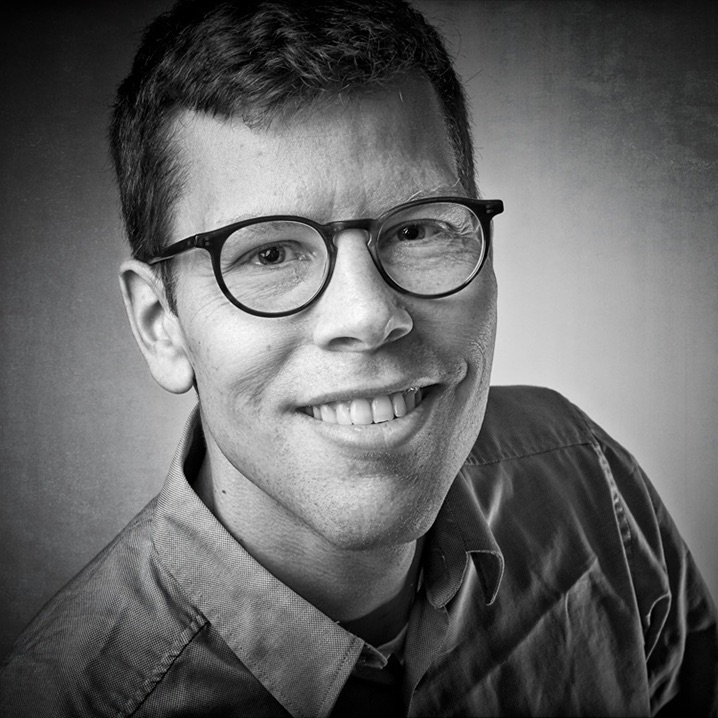 |
| Subodh Patil Assistant Professor |
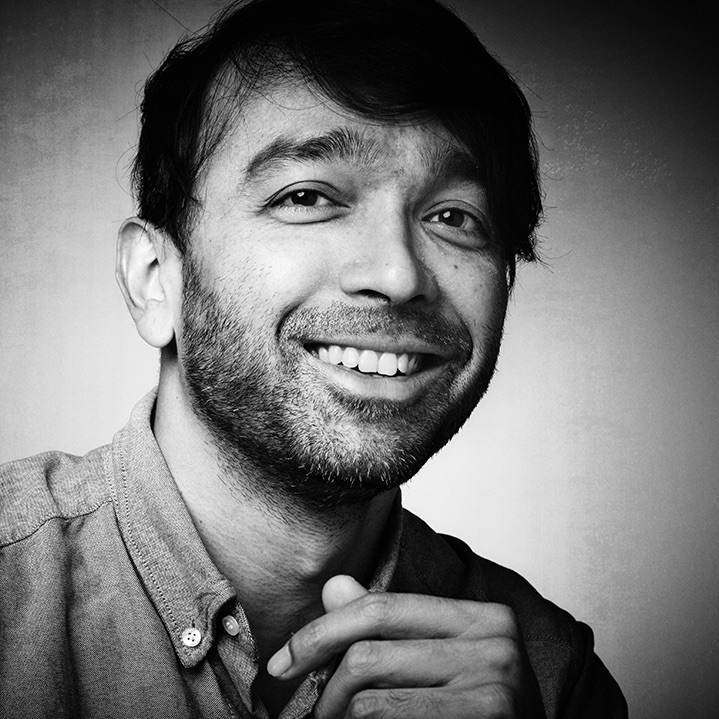 |
Fellows
| Yoann Genolini Postdoc |
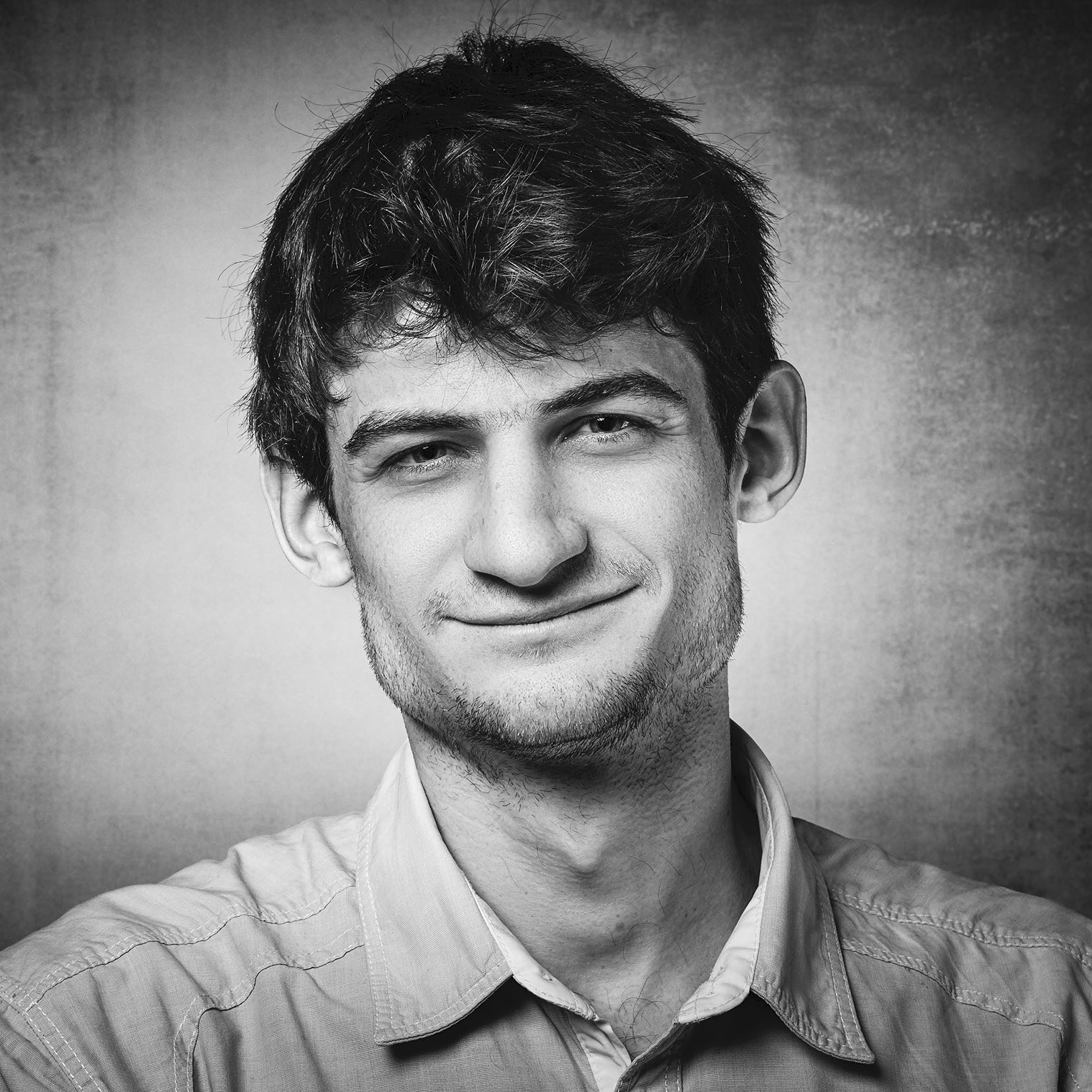 |
| Mohamed Rameez Postdoc |
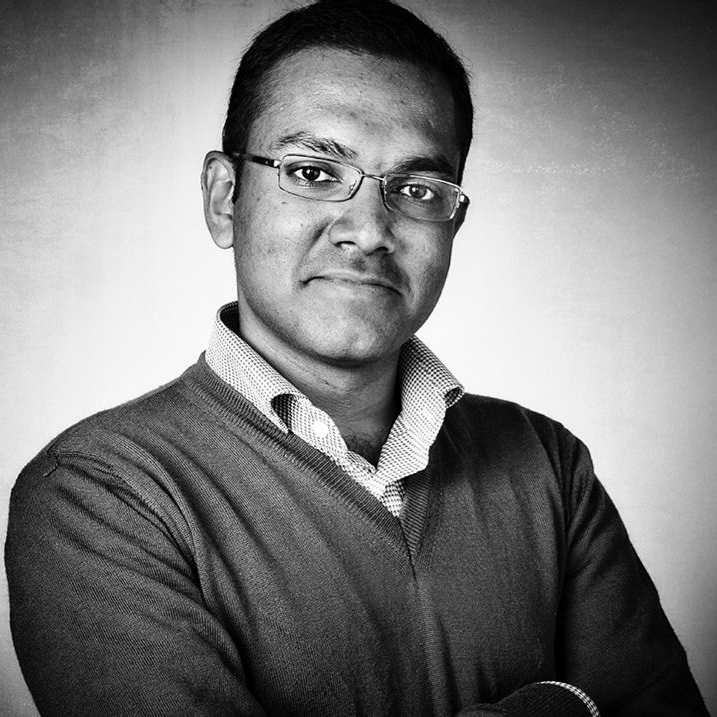 |
| Tom Stuttard Postdoc |
 |
PhD Students
| Etienne Bourbeau PhD student |
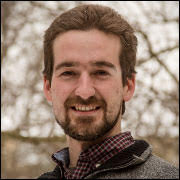 |
| David D. Ribers PhD student |
 |
MSc and BSc Students
| Tetiana Kozynets MSc student |
|
| Leif Rasmussens MSc student |
|
| Niels Gustav Nortvig Willesen BSc student |
Affiliates
| Mauricio Bustamante Postdoc (NBIA) |
 |
| Steen Harle Hansen Associate Professor (DARK) |
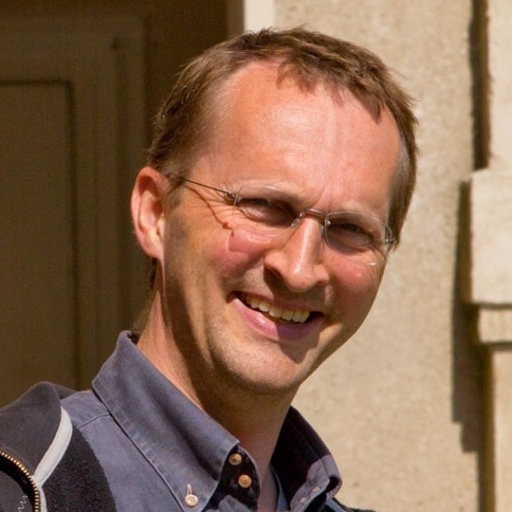 |
| Pavel Naselsky Associate Professor (Discovery Center) |
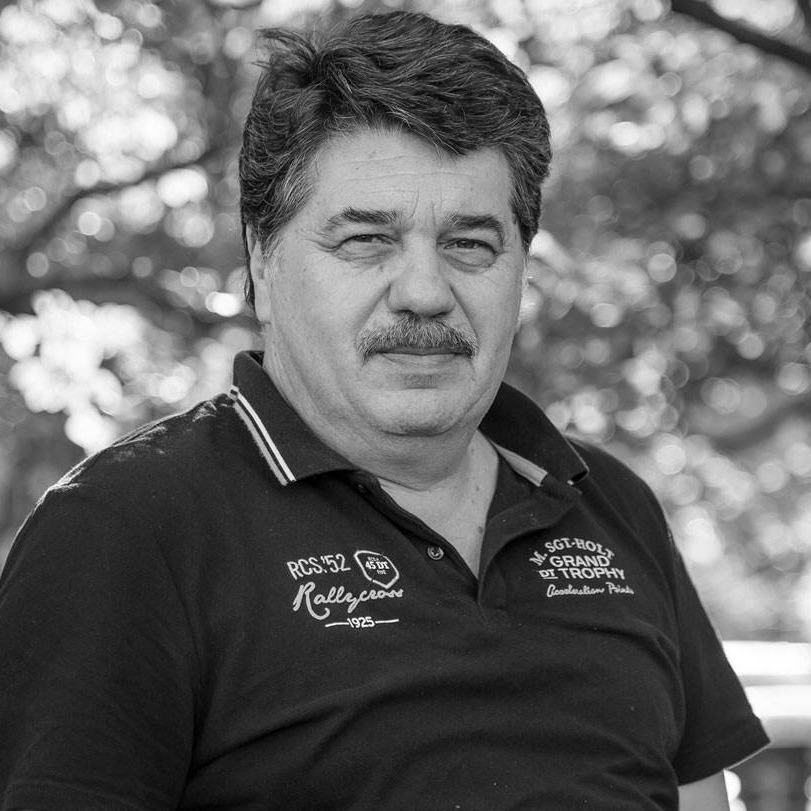 |
| Poul Henrik Damgaard Professor (NBIA) |
 |
| Subir Sarkar Professor (Rudolf Peierls Center, Oxford) |
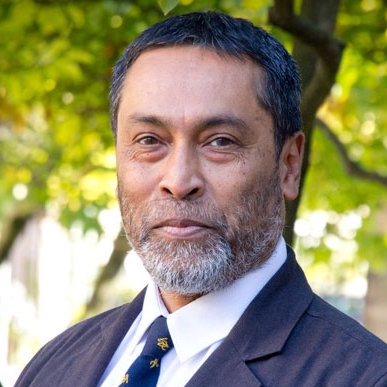 |
| Irene Tamborra Associate Professor (NBIA) |
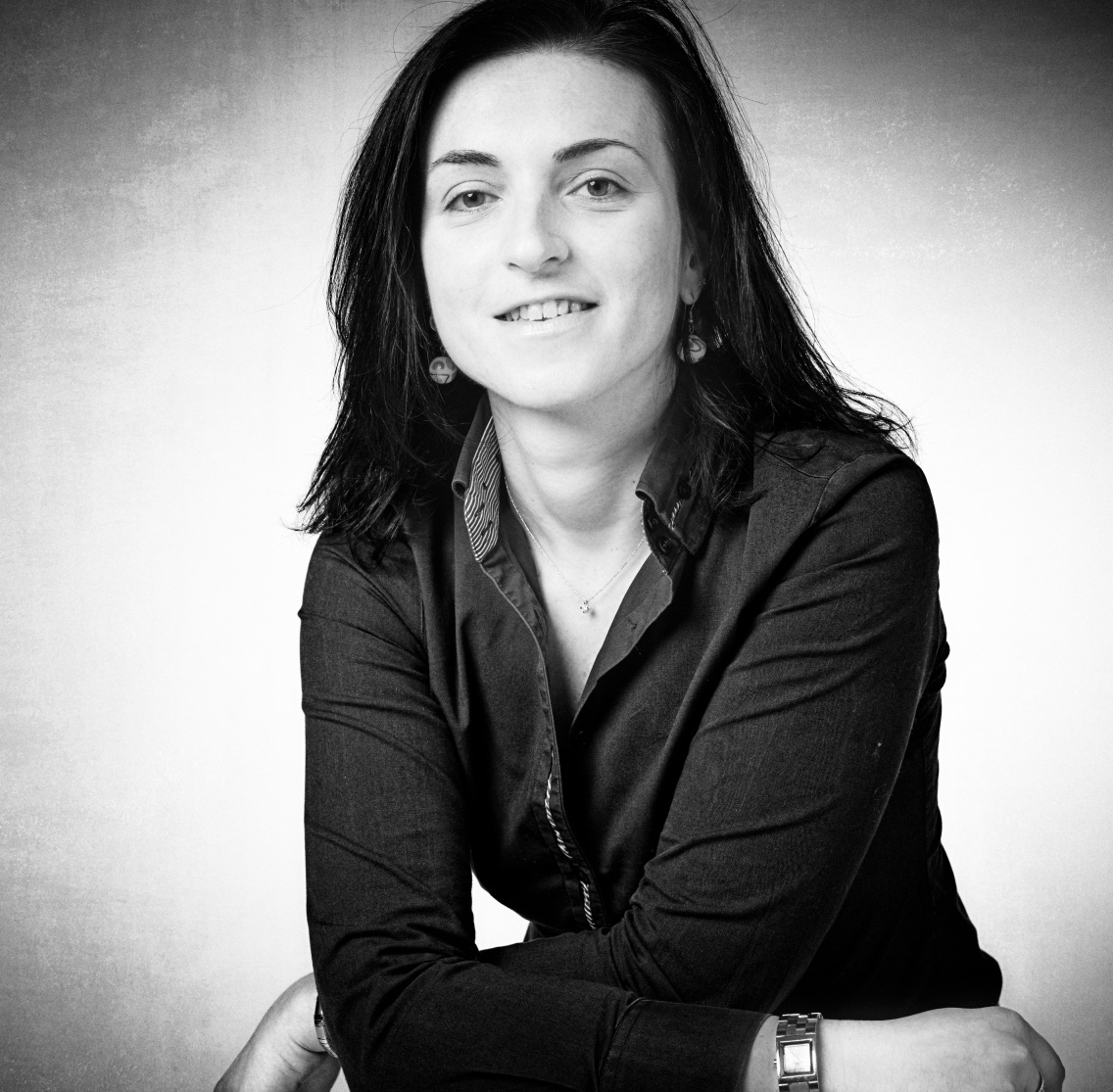 |
| Michael Trott Associate Professor (NBIA) |
 |
| Anders Tranberg Professor (Universitetet Stavanger) |
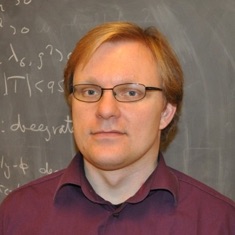 |
Former Faculty
| Subir Sarkar, Niels Bohr Professor (2013-2018) Philipp Mertsch, Assistant Professor (2016-2017) |
Former Fellows
| Assaf Ben-David, Postdoc (2013-2015) Peter Denton, Postdoc (2016-2018) Xiaoyuan Huang, Postdoc (2016-2018) William Sheperd, Postdoc (2015-2016) Joakim Sandroos, Researcher Assistant (2013-2014) |
Former Students
| Amel Durakovic, PhD Student (2014-2016) Michael Larson, PhD Student (2014-2017) Morten Medici, PhD Student (2016-2017) Jeppe Trøst Nielsen, PhD Student (2013-2017) Eva Brottman Hansen, MSc Student (2015-2016) Peter Daly, MSc Student (2018-2019) Gregory Gold, MSc Student (2018-2019) Lea Halser, MSc Student (2018-2019) Taus Munk Hansen, MSc Student (2017-2018) Asta Heinesen, MSc Student (2014-2015) Mikkel Jensen, MSc Student (2017-2018) Stavros Mougiakakos, MSc Student (2017-2018) Mia-Louise Nielsen, MSc Student (2018-2019) Rasmus Rasmussen, MSc Student (2013-2014) Thomas Schandorf Halberg, MSc Student (2018-2019) Ida Storehaug, MSc Student (2018-2019) Marieke van Beest, MSc Student (2016-2017) Aske Gammelgaard Ravnebjerg, BSc Student (2017) Maria Knudsen, BSc Student (2017) Kathrine Mørch Groth, BSc Student (2013-2014) Rasmus Nielsen, BSc Student (2018) Charlotte Rosenstroem, BSc Student (2017) Christian Schiott, BSc Student (2018) Sofus Kjærsgaard Stray, BSc Student (2019) Sunny Vagnozzi, Summer Student (2015) Suvodip Mukherjee, Summer Student (2016) Siqiao Mu, Summer Student (2018) |
| Jenni Adams (Christchurch) 07.2013-06.2014 |
| Jim Cline (McGill) 08.2015-12.2015 & 08.2017-12.2017 |
| Jacques Colin (IAP Paris) 09.2015-08.2016 |
| Nayantara Gupta (RRI Bangalore) 07.2015-09.2015 |
| Roya Mohayaee (IAP Paris) (IAP Paris) |
| Christoph Weniger (GRAPPA Amsterdam) 02.2020-03.2020 |
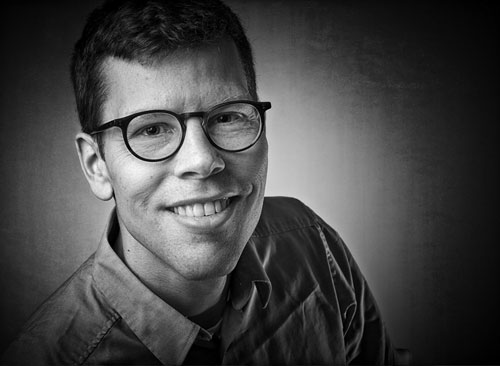
Contact
Markus Ahlers, Assistant Professor
Email: Markus.ahlers@nbi.ku.dk
Phone: +45 35 32 80 89
Research outputs

